-17%
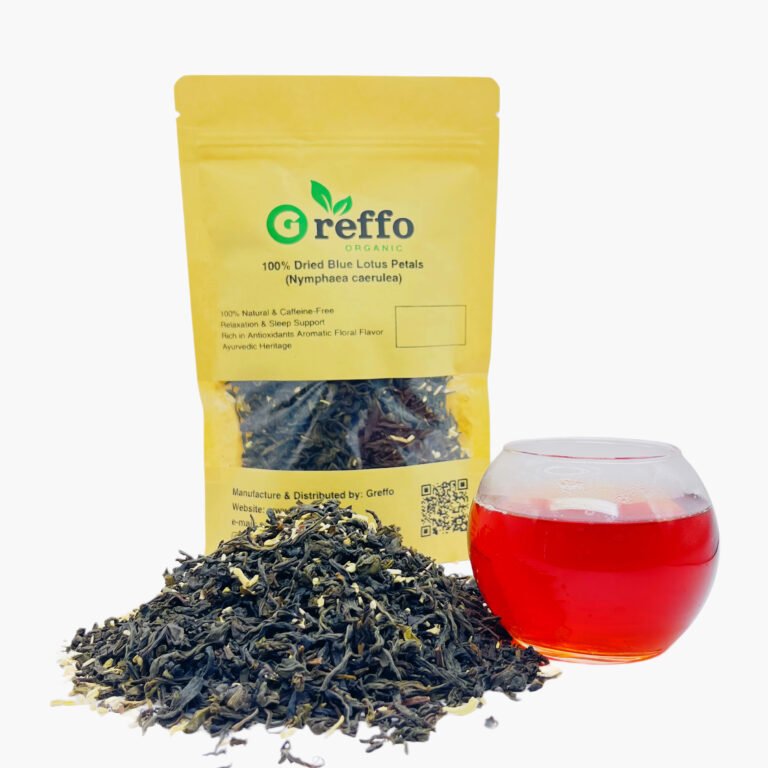
Select options
This product has multiple variants. The options may be chosen on the product page
-31%

Select options
This product has multiple variants. The options may be chosen on the product page
-21%
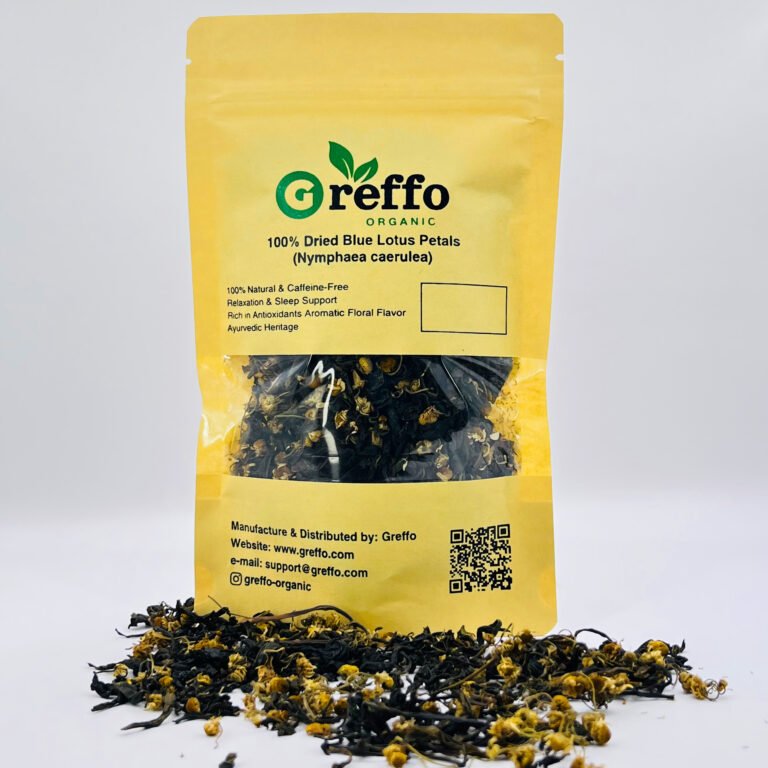
Select options
This product has multiple variants. The options may be chosen on the product page
-41%

Select options
This product has multiple variants. The options may be chosen on the product page
-13%
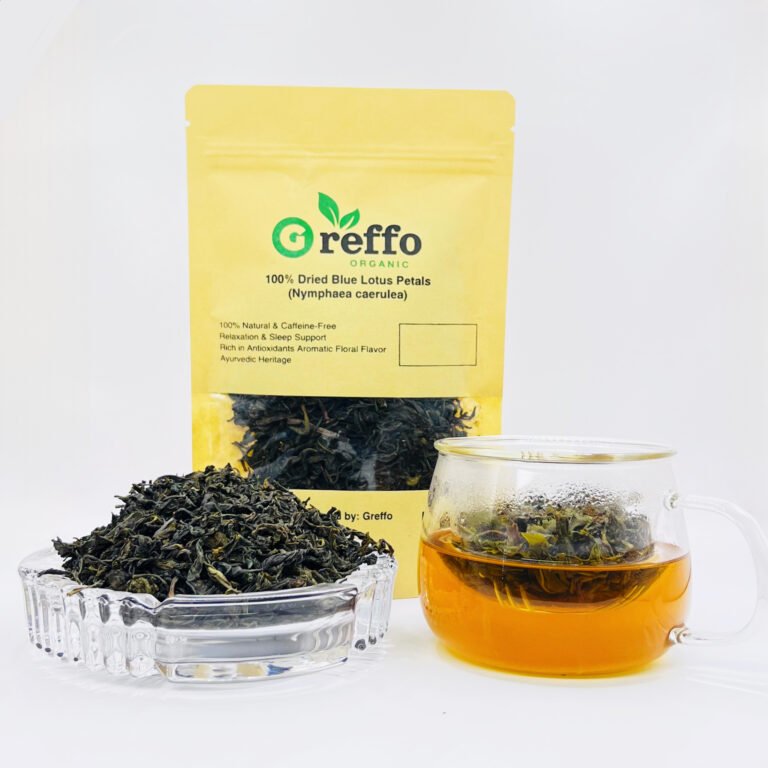
Select options
This product has multiple variants. The options may be chosen on the product page
-41%

Select options
This product has multiple variants. The options may be chosen on the product page
-41%
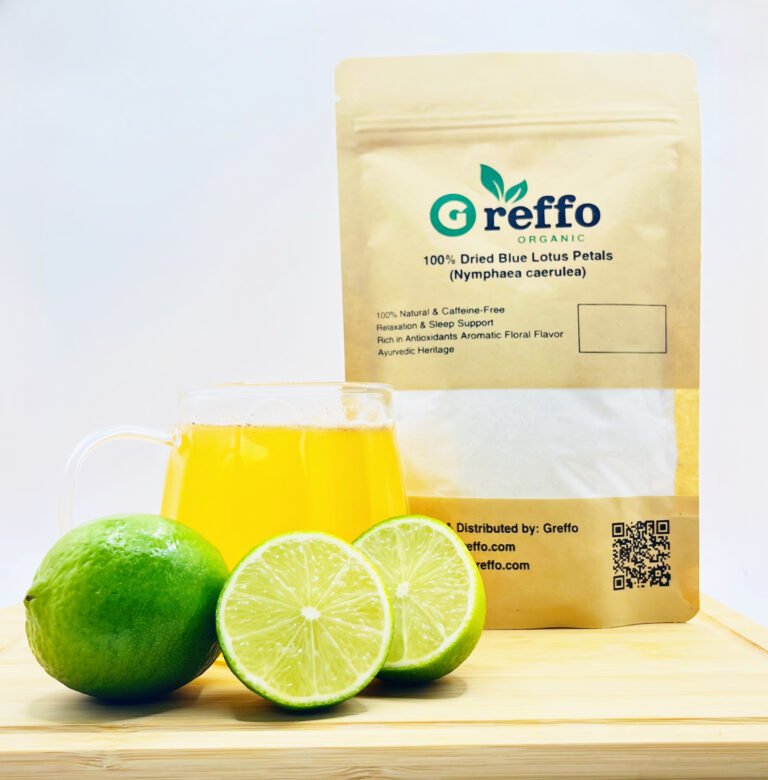
Select options
This product has multiple variants. The options may be chosen on the product page
-41%

Select options
This product has multiple variants. The options may be chosen on the product page
-15%
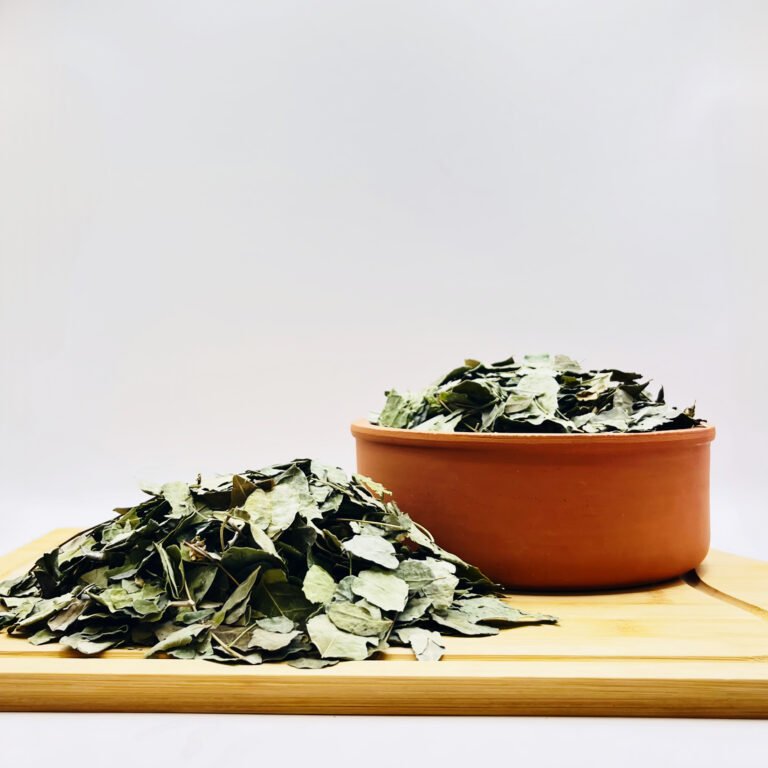
Select options
This product has multiple variants. The options may be chosen on the product page
-41%

Select options
This product has multiple variants. The options may be chosen on the product page
-58%
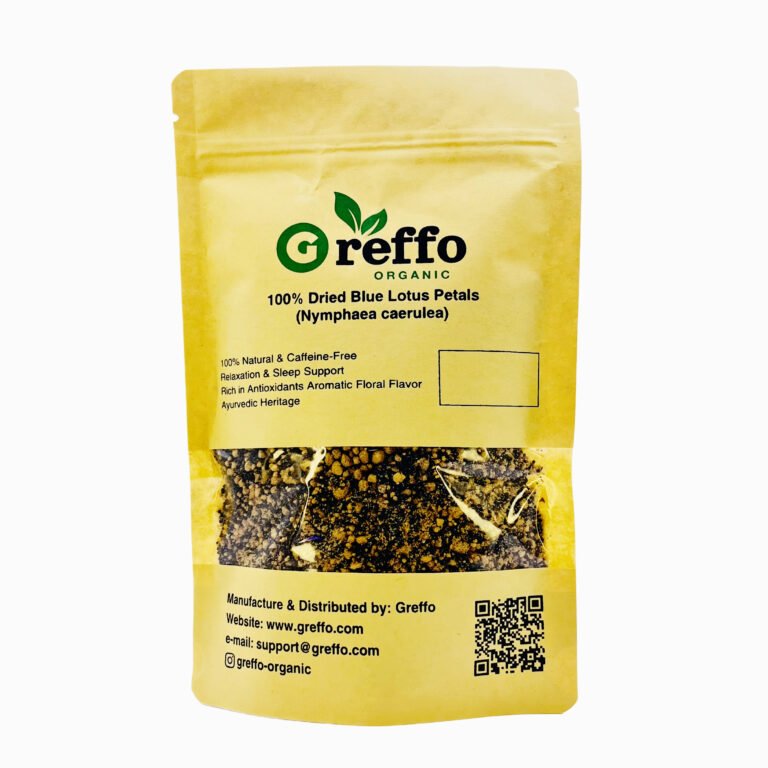
Select options
This product has multiple variants. The options may be chosen on the product page
-17%
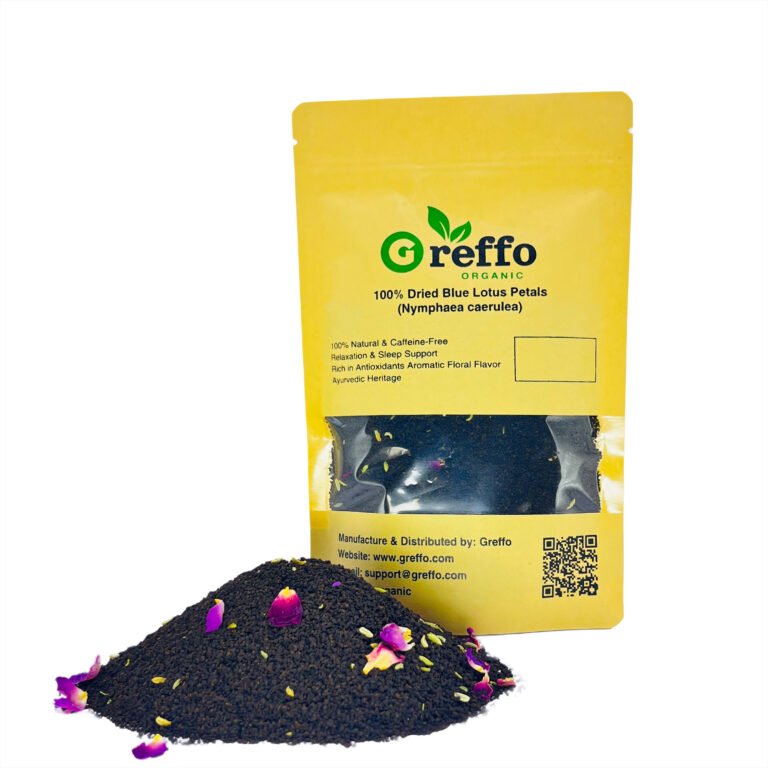
Select options
This product has multiple variants. The options may be chosen on the product page
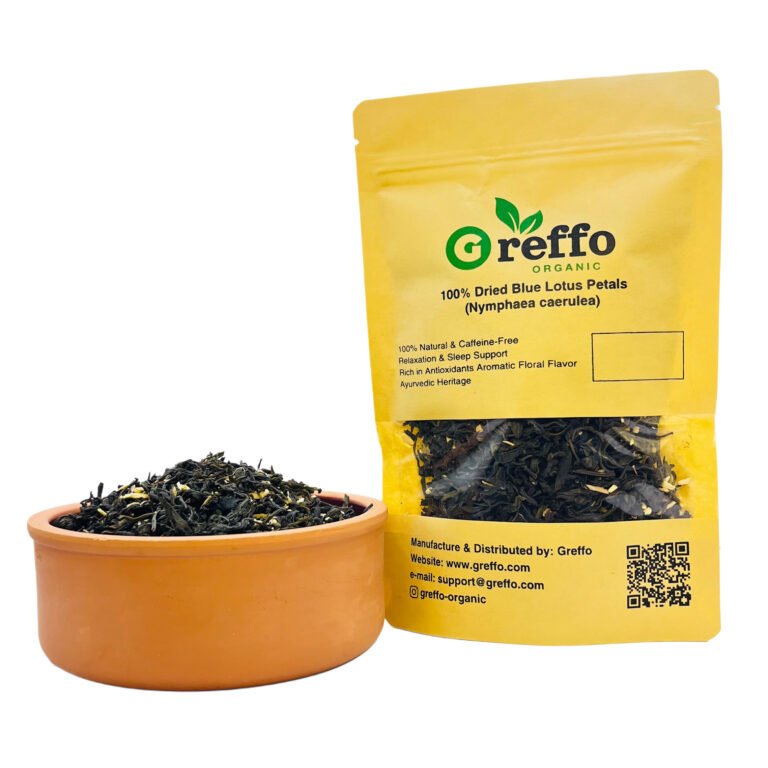
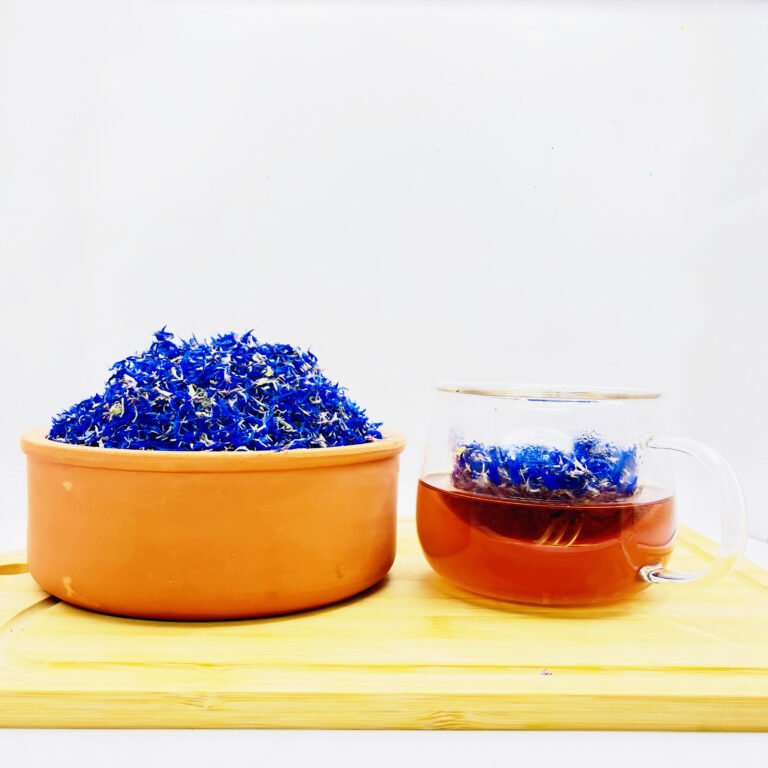
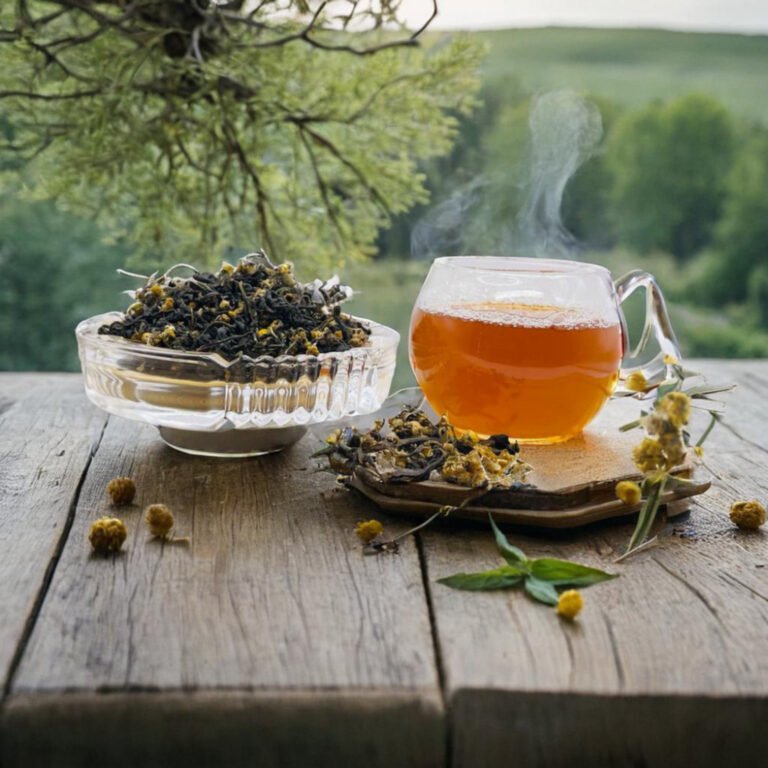
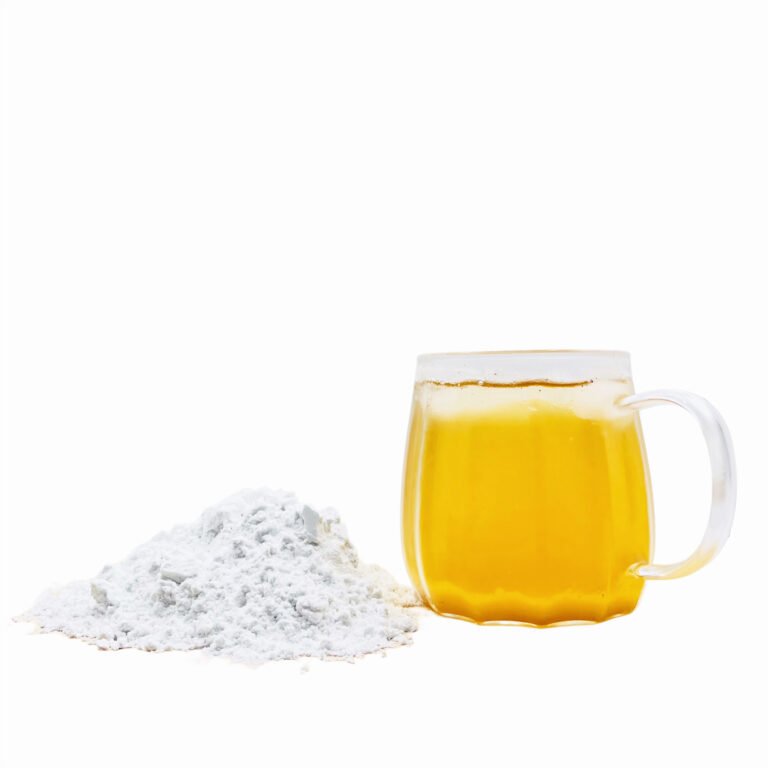



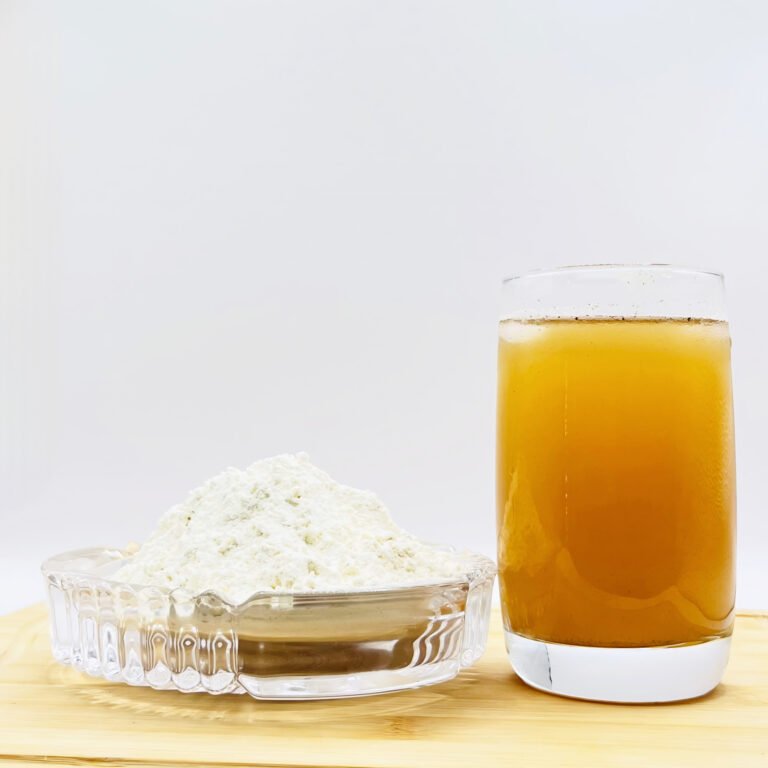


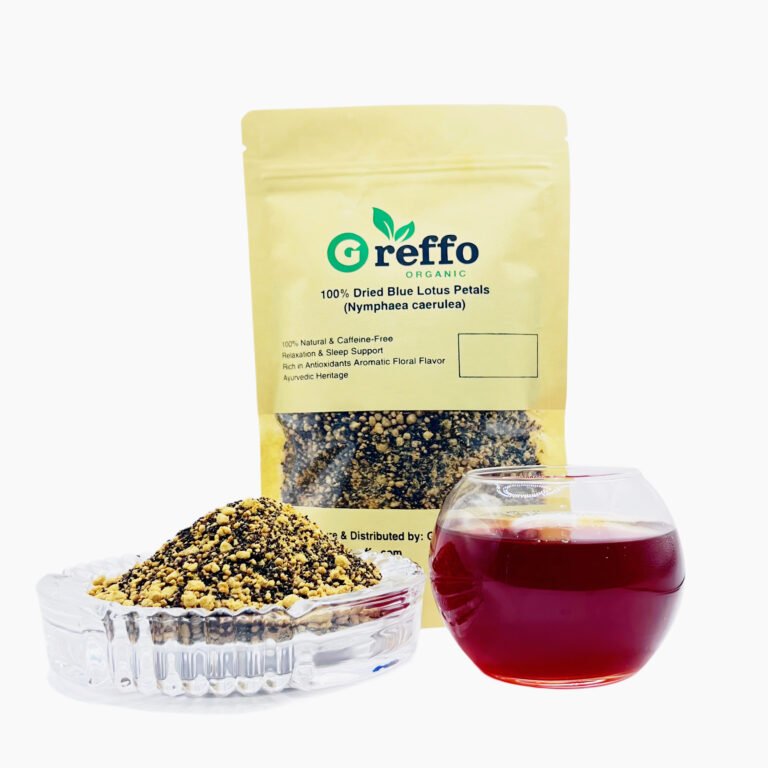



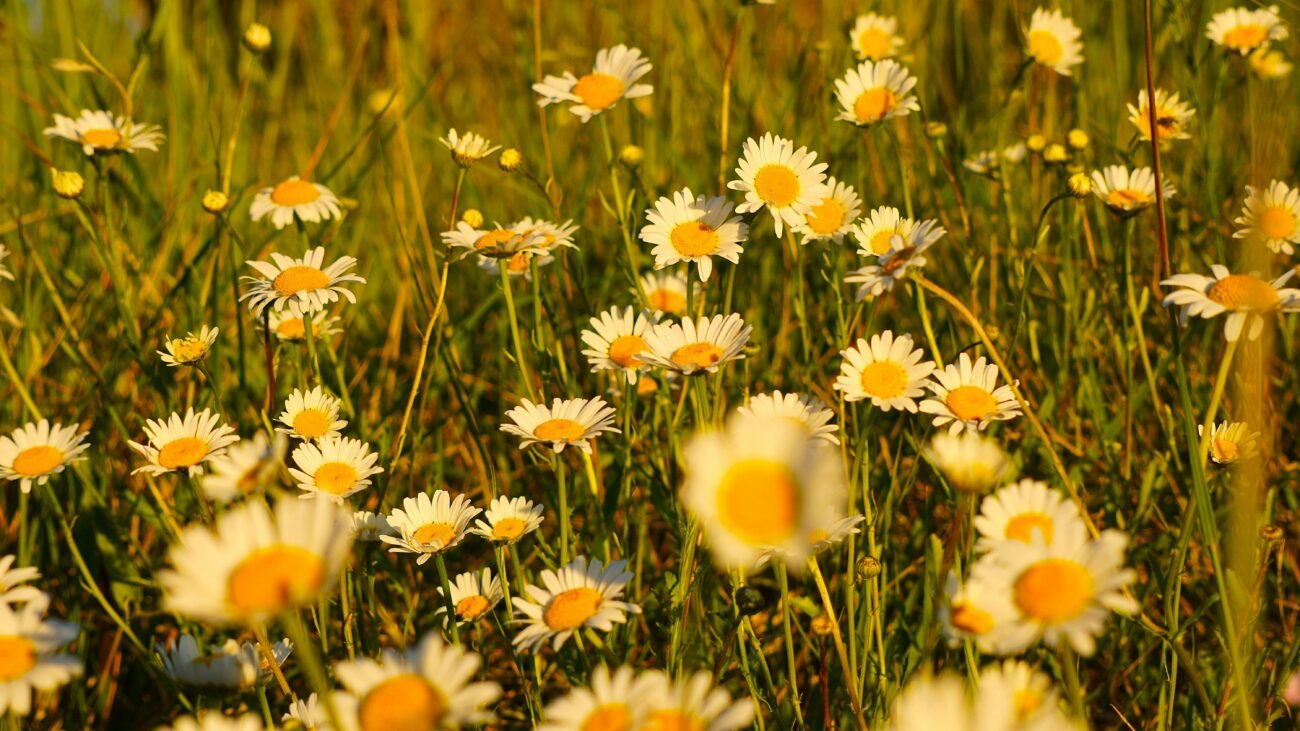
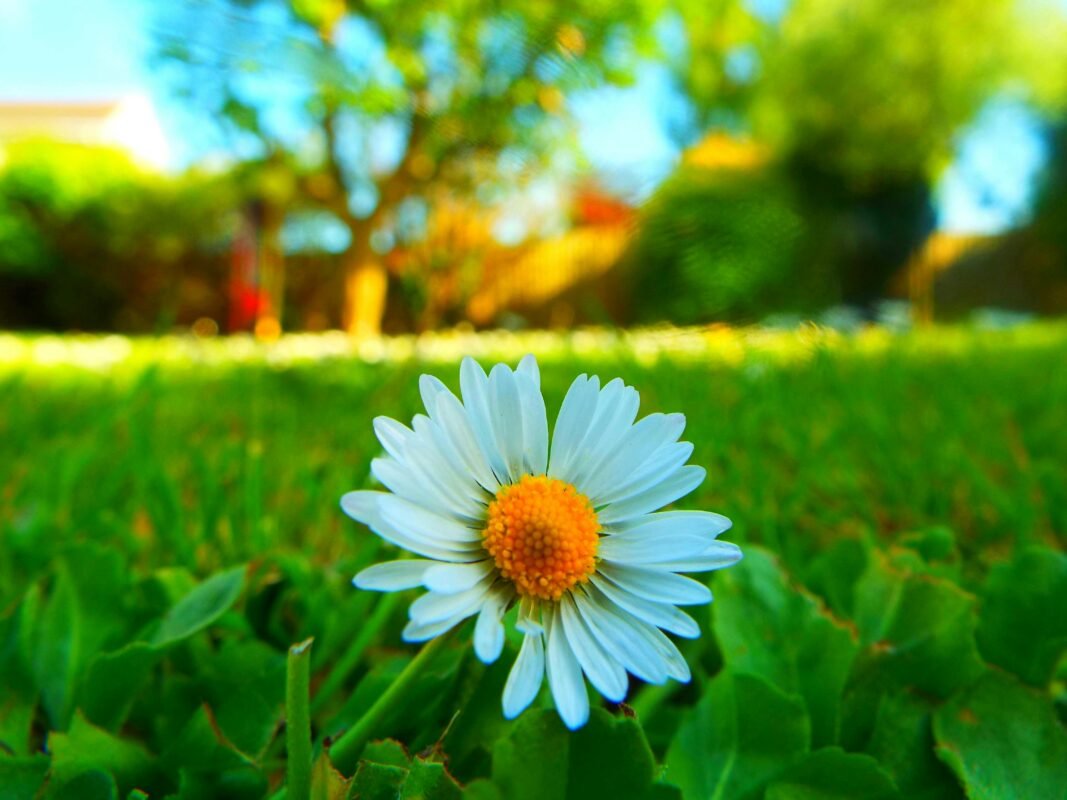

Nice story of the flower